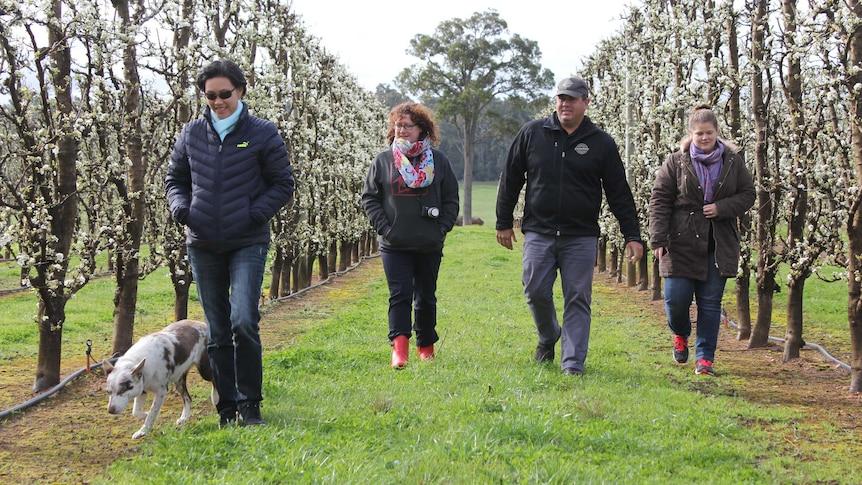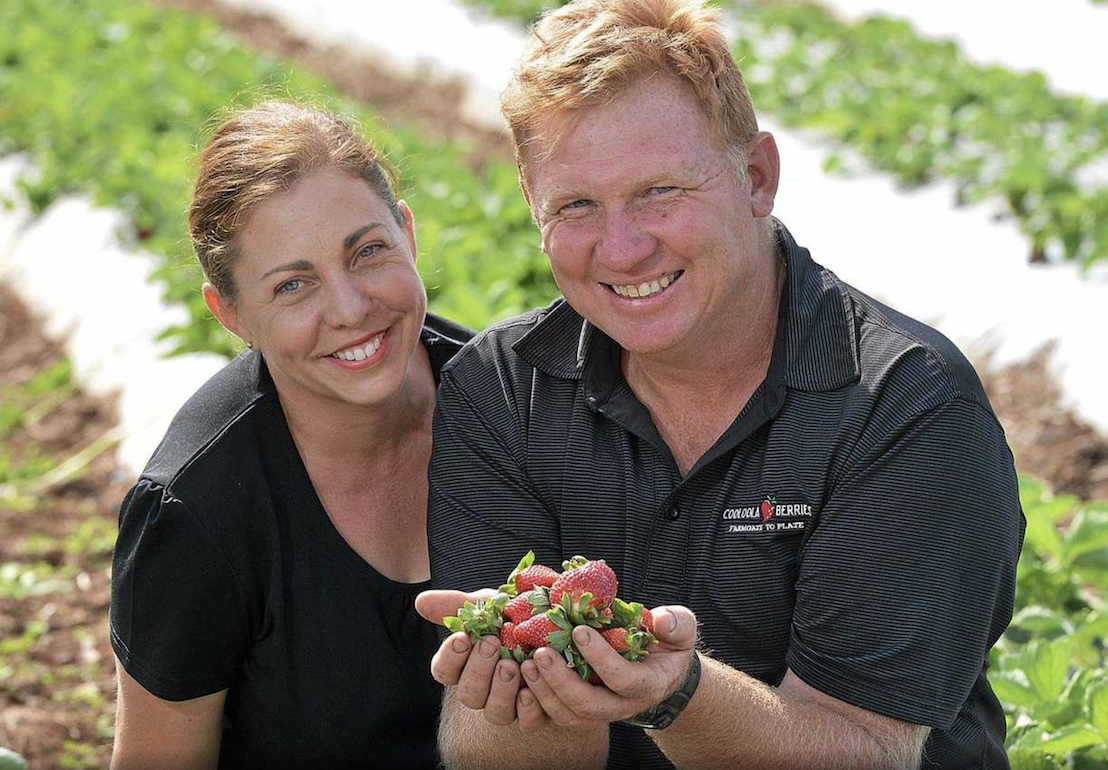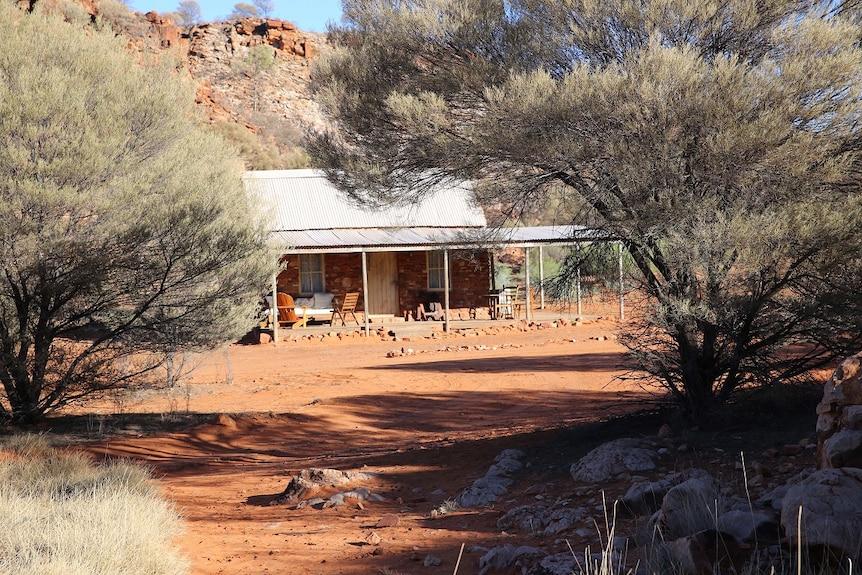Australian Agritourism Grows in Economic Importance
Agritourism attracts visitors to regional Australia
Across Australia, farmers of all stripes are beginning to break into the lucrative tourism industry – a wise fiscal decision, according to a recent CSIRO report.
‘Agritourism’ is the practice of travelling to a regional area to visit farms and sample local produce at restaurants, wineries, markets and beyond. The growing industry operates at the intersection between agriculture and tourism, two spheres in which Australia is already a strong performer.

Agritourists on a 'food trail' tour in Western Australia. Picture by Tyne Logan, ABC Rural
The Australian food and agribusiness trade is projected to reach a value of $250 billion by 2030, the CSIRO tells us. The sector already contributes 7.6% of Australia’s GDP, and it is only growing in strength, as tourism outstrips the national economy in growth rate and agri-food is listed as a key growth sector for the coming decade.
“When you consider that 43 cents in every tourism dollar is spent in regional Australia…you can see why agritourism has such an important role to play,” said Regionality general manager Rose White.
She added that agritourism was of significance “not only in the (national) economy, but especially in maintaining the viability of Australian farms.”
Australia’s farms saw approximately 1.8 million visitors from domestically and internationally in 2015-16, and this figure is estimated to be growing 9% annually. For Aussie farmers like Kim Lewis of Cooloola Berries, visits from and purchases made by these ‘agritourists’ are a significant source of revenue.
Lewis’ berry farm is family-owned and operated. As is the case for many small-scale Australian farmers, it can be difficult for Cooloola Berries to compete with commercial farming ventures and make ends meet, which is where agritourism comes in.
The farm has been open to visitors during the strawberry season for three years now, and for its owners, this has been a valuable means of supplementing their income. “Half of our business is wholesale fruit that we sell locally…(and) the other half is the agritourism components,” Lewis said

Kim and Jason Lewis, owners of Cooloola Berries. Picture by Renee Albrecht, The Gympie Times
With current travel restrictions resulting from the COVID-19 pandemic making it difficult to travel overseas, many Australians are looking for new and special locations to visit domestically during holidays with loved ones. This has acted as a further boost to agritourism, even as access to the lucrative Asian tourism market is limited by the pandemic.
Even locations as remote as the vast central Australian cattle stations are not off limits to these adventure-seeking Aussies, and farmers groups in the Northern Territory have partnered with Airbnb to promote stays out in the NT wilderness. "Given the current restrictions on travel overseas, we saw that people are looking for unique escapes that are not the Gold Coast or the Whitsundays," said Paul Burke, chief executive of the NT Farmers Association.

A farm stay accomodation in the NT. Picture supplied to ABC News by Sue Ireland
The income from agritourism "insulates (farmers) and assists in difficult times", according to Burke. Moreover, working farms can be made suitable for guests at very little cost to the owners, making it a viable option even for those farmers with limited time and resources.
For those considering the possibility of turning their own rural property into an agribusiness, we recommend you consult the list of federal and private agricultural grants offered on Farm Table's AgFunding Database.

 Tanks
Tanks